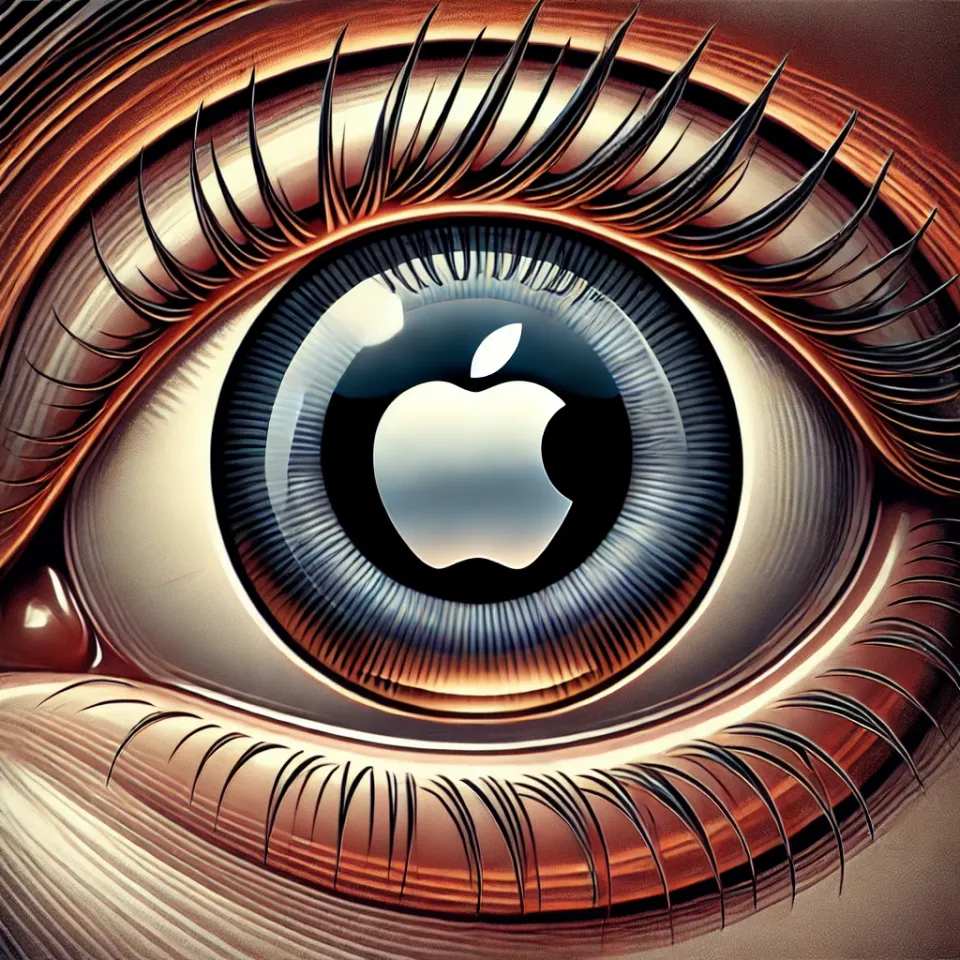Apple Becomes the Pupil

There was a line of thinking leading up to the launch of the Vision Pro earlier this year that went something like this: it's cute what Meta and others have been doing in the VR space, but once Apple ships, it's game over.
Now, it was never really going to be game over. And the Vision Pro was always more likely to help Meta's Quest line of products because they were just playing in two different universes in terms of price points. But there was still some thought that in part thanks to the price difference, Apple was going to ship something so above and beyond what Meta could ever hope to that it would be demoralizing for the artist formerly known as Facebook. But it hasn't really played out that way.
Fast forward about eight months and the Vision Pro is... barely talked about any more. I've visited a number of Apple Stores in a number of different cities over these past many months and while the tables for the iPhones and iPads and Macs are generally busy, you rarely see anyone ogling the Vision Pro. It was and remains a rather incredible piece of technology, but it's just not that interesting as a product right now. That's Apple's own fault. And recent unveilings by Snap and yes, Meta, showcase why.
